
# 1253 - 1964 5c Homemakers
5¢ Homemakers
City: Honolulu, HI
Quantity: 121,250,000
Printed by: Bureau of Engraving and Printing
Printing Method: Giori Press
Perforations: 11
Color: Multicolored
Marsh-Billings-Rockefeller National Historical Park
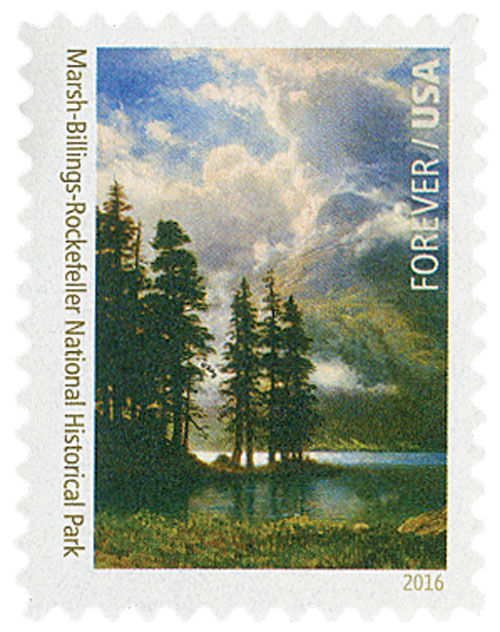
The Marsh-Billings-Rockefeller National Historical Park was established in Vermont on August 26, 1992. It’s the first national park in the country created to honor the history of conservation.
The park property was first purchased in 1789 by Joseph Marsh for his 23-year-old son Charles. Charles cleared the eastern slopes of Mount Tom to create a pasture and purchased additional land to expand his farm. When Charles died in 1849, the property passed to his son Charles Jr. However, it was Charles Sr.’s son George who would have the greatest effect on the land of anyone in the Marsh family, though not directly.

George Perkins Marsh was born on the family farm in 1801. Growing up on the farm, he witnessed firsthand the effects land clearing had on the terrain. With the trees gone, runoff increased, leading to greater erosion and topsoil loss. This in turn led to flash floods, lost fish habitats, and fields losing their fertility. His observations led him to begin writing Man and Nature in 1860.
Published in 1864, Man and Nature showed the major impact humans had on the environment, and was one of the first works to accurately capture how connected all life was. Marsh stressed the importance of forest management and urged that with foresight and knowledge, we could reverse the destruction mankind had inflicted on the Earth. Man and Nature had a profound influence on the conservation movement. It would also inspire Frederick Billings to become a conservation pioneer.
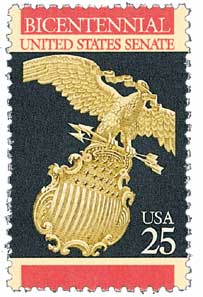
Billings had also been born in Vermont and moved with his family to Woodstock in 1835. Billings was moved by Man and Nature and when the Marsh farm was placed on sale in 1869, he jumped at the opportunity to purchase it. He had developed a plan to do just as Marsh had proposed – to manage the land in a way that provided him with the resources he needed, but in a responsible way that would not negatively affect the environment. One of his most ambitious efforts was returning Mount Tom to lush forestland. Billings’ goal was to establish a model dairy farm as the example for farming, timber harvest, and recreation that would not harm the land. By the time he died, Billings’ work on the farm became well known around the country.
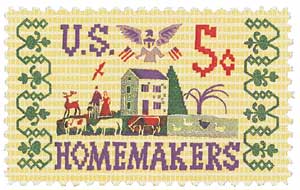
After Billings died in 1890, his wife and daughters assumed control of the property and continued to maintain his farming and forestry practices. In 1934, Billings’ granddaughter Mary married Laurance Rockefeller. Mary inherited the farm after her mother passed in 1951. The Rockefellers adopted the farm as their summer home and Laurance launched conservation efforts to protect both the farm and town. Laurance and Mary founded the Woodstock Foundation and the Vermont Folklife Project to further their preservation efforts. As part of this mission, the Rockefellers opened the Billings Farm and Museum in 1983.
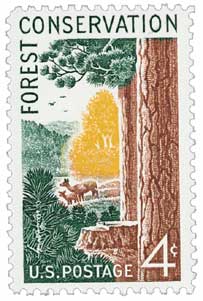
In 1967, the family mansion was designated a National Historic Landmark because it was George Perkins Marsh’s childhood home. In the 1990s, the Rockefellers sought to further preserve the home and the surrounding lands, so they donated them to the National Park Service. The lands were then designated the Marsh-Billings-Rockefeller National Historical Park on August 26, 1992. It was the first national park in the country created to honor the history of conservation, in particular the three generations of conservationists in the park’s name.
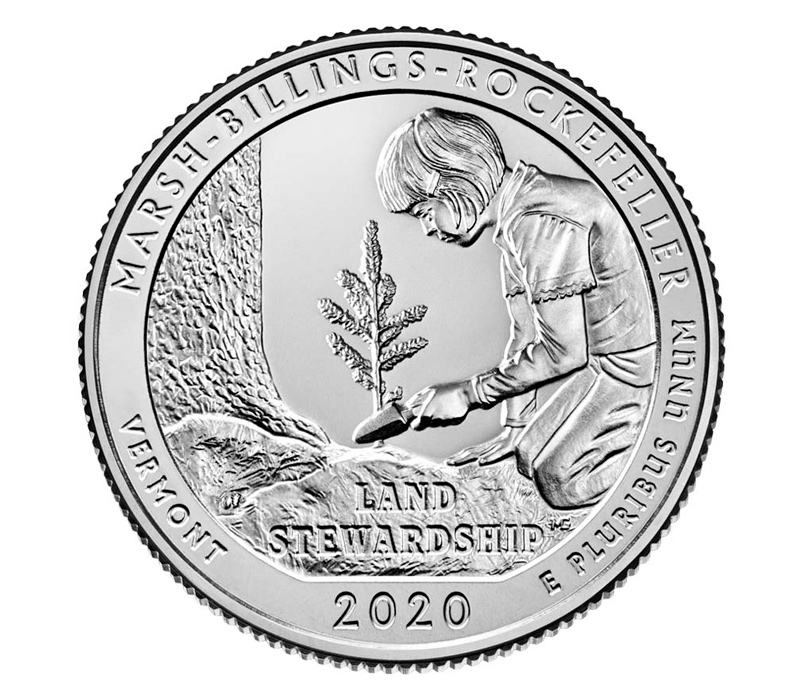
Today, the park works closely with the Billings Farm and Museum, a working dairy farm. Together, the farm and park share the ideals of the land’s previous owners. The park focuses on conservation stewardship while the farm exemplifies the rural Vermont life, all of which were the basis of Frederick Billings’ work and George Perkins Marsh’s ideas over a century ago.
5¢ Homemakers
City: Honolulu, HI
Quantity: 121,250,000
Printed by: Bureau of Engraving and Printing
Printing Method: Giori Press
Perforations: 11
Color: Multicolored
Marsh-Billings-Rockefeller National Historical Park

The Marsh-Billings-Rockefeller National Historical Park was established in Vermont on August 26, 1992. It’s the first national park in the country created to honor the history of conservation.
The park property was first purchased in 1789 by Joseph Marsh for his 23-year-old son Charles. Charles cleared the eastern slopes of Mount Tom to create a pasture and purchased additional land to expand his farm. When Charles died in 1849, the property passed to his son Charles Jr. However, it was Charles Sr.’s son George who would have the greatest effect on the land of anyone in the Marsh family, though not directly.

George Perkins Marsh was born on the family farm in 1801. Growing up on the farm, he witnessed firsthand the effects land clearing had on the terrain. With the trees gone, runoff increased, leading to greater erosion and topsoil loss. This in turn led to flash floods, lost fish habitats, and fields losing their fertility. His observations led him to begin writing Man and Nature in 1860.
Published in 1864, Man and Nature showed the major impact humans had on the environment, and was one of the first works to accurately capture how connected all life was. Marsh stressed the importance of forest management and urged that with foresight and knowledge, we could reverse the destruction mankind had inflicted on the Earth. Man and Nature had a profound influence on the conservation movement. It would also inspire Frederick Billings to become a conservation pioneer.

Billings had also been born in Vermont and moved with his family to Woodstock in 1835. Billings was moved by Man and Nature and when the Marsh farm was placed on sale in 1869, he jumped at the opportunity to purchase it. He had developed a plan to do just as Marsh had proposed – to manage the land in a way that provided him with the resources he needed, but in a responsible way that would not negatively affect the environment. One of his most ambitious efforts was returning Mount Tom to lush forestland. Billings’ goal was to establish a model dairy farm as the example for farming, timber harvest, and recreation that would not harm the land. By the time he died, Billings’ work on the farm became well known around the country.

After Billings died in 1890, his wife and daughters assumed control of the property and continued to maintain his farming and forestry practices. In 1934, Billings’ granddaughter Mary married Laurance Rockefeller. Mary inherited the farm after her mother passed in 1951. The Rockefellers adopted the farm as their summer home and Laurance launched conservation efforts to protect both the farm and town. Laurance and Mary founded the Woodstock Foundation and the Vermont Folklife Project to further their preservation efforts. As part of this mission, the Rockefellers opened the Billings Farm and Museum in 1983.

In 1967, the family mansion was designated a National Historic Landmark because it was George Perkins Marsh’s childhood home. In the 1990s, the Rockefellers sought to further preserve the home and the surrounding lands, so they donated them to the National Park Service. The lands were then designated the Marsh-Billings-Rockefeller National Historical Park on August 26, 1992. It was the first national park in the country created to honor the history of conservation, in particular the three generations of conservationists in the park’s name.

Today, the park works closely with the Billings Farm and Museum, a working dairy farm. Together, the farm and park share the ideals of the land’s previous owners. The park focuses on conservation stewardship while the farm exemplifies the rural Vermont life, all of which were the basis of Frederick Billings’ work and George Perkins Marsh’s ideas over a century ago.











